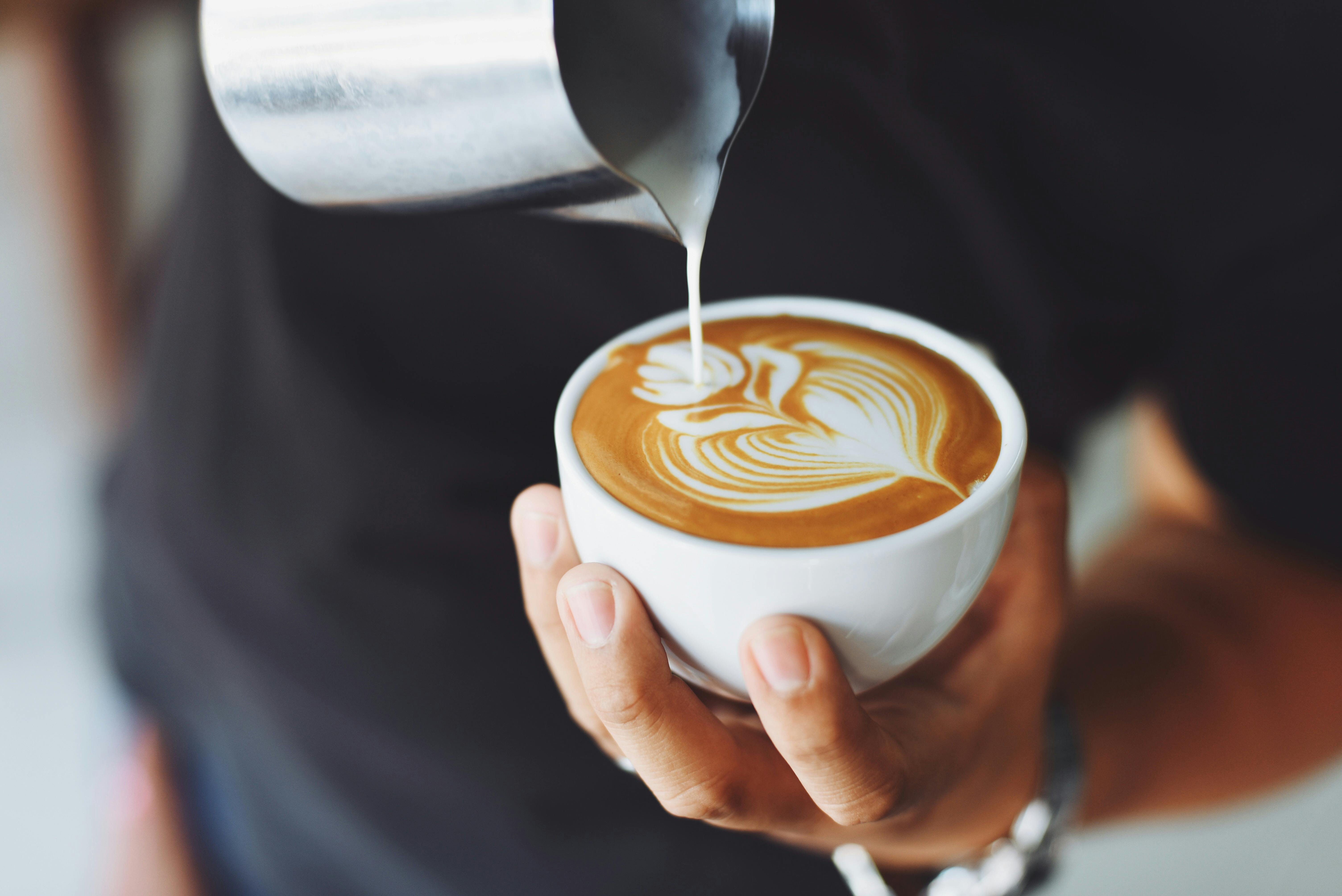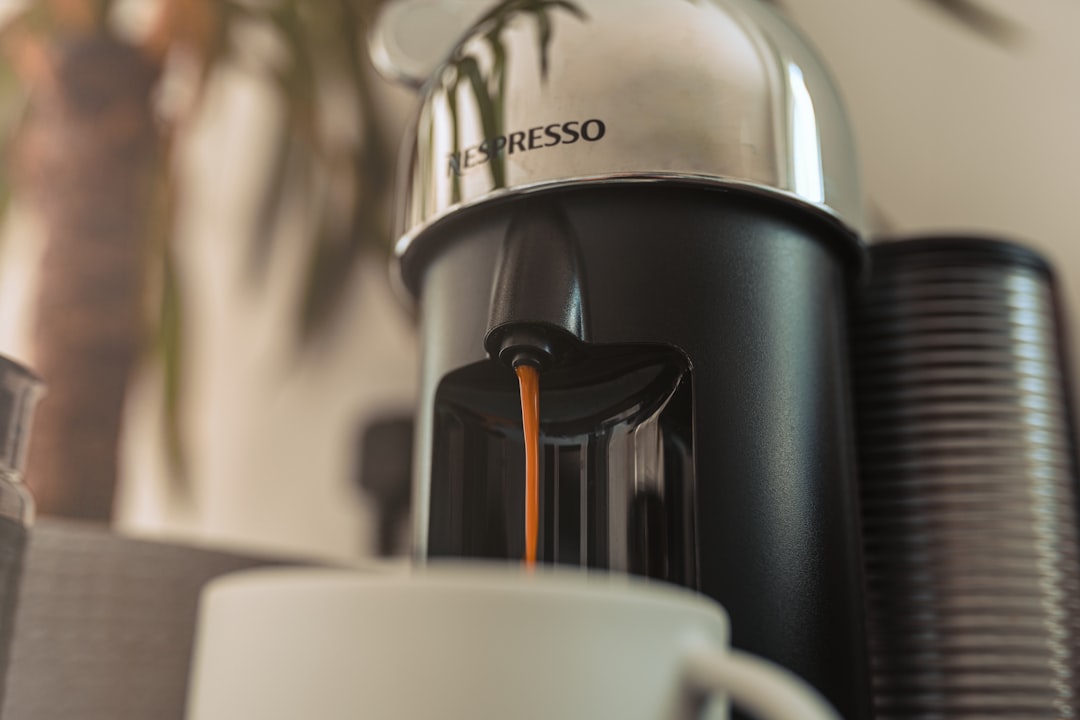Do you ever feel like your morning coffee or afternoon tea is just… a routine? A quick caffeine fix or a warm beverage to get through the day? I totally get it! For too long, I treated my daily cup as merely functional. But what if I told you that with a few simple tweaks and a deeper understanding, you could transform that routine into a truly delightful, sensory experience? In 2025, the world of coffee and tea is more exciting and accessible than ever, with new trends and insights emerging constantly. Let’s dive in and discover how to truly savor every sip! 😊
The Enduring Allure: Coffee & Tea in 2025 (Statistics & Trends) 🤔
It’s no secret that coffee and tea are global staples, but their popularity continues to soar, driven by evolving consumer preferences and a renewed focus on quality and experience. The global coffee market is projected to reach a combined revenue of $473.10 billion in 2025, with at-home consumption alone hitting $96.45 billion. Meanwhile, the global tea market is expected to grow from $55.67 billion in 2024 to a predicted $75.5 billion by 2029.
In the U.S., coffee consumption is at a 20-year high, with 67% of American adults drinking coffee daily in 2024, surpassing even bottled water. Specialty coffee, in particular, is booming, with 46% of American adults enjoying it daily in 2025, a significant increase from 25% in 2011. This shift indicates a strong consumer preference for premium and diverse coffee experiences. For tea, the herbal tea segment is a standout, with expected growth to $8.8 billion by 2027, propelled by health-conscious choices.
Sustainability remains a key driver in both the coffee and tea markets. Consumers, especially millennials and Gen-Z, are increasingly seeking environmentally responsible brands and ethical sourcing practices. This means brands are investing in climate-resilient beans and eco-friendly solutions.
Mastering the Brew: Crafting Your Perfect Cup of Coffee 📊
Brewing exceptional coffee at home is an art, but it’s an accessible one! The key lies in understanding a few fundamental principles. Many Americans are already embracing home brewing, with drip coffee makers (37%) and single-cup brewers (28%) being the top two at-home preparation methods.
The Golden Ratio and Essential Elements
The “Golden Ratio” is an industry standard for balancing coffee and water, typically suggesting a 1:15 to 1:20 ratio of coffee to water by weight. Using a kitchen scale for precise measurements can significantly improve consistency.
| Element | Importance | Key Tips |
|---|---|---|
| Beans | The foundation of flavor. | Use fresh, high-quality, preferably lighter roast beans. Single-origin beans are great for pour-overs. |
| Grind Size | Crucial for proper extraction. | Grind right before brewing. Medium-fine for pour-over, fine for espresso, coarse for French press. An inconsistent grind leads to bitter coffee. |
| Water Quality | Impacts the final taste significantly. | Use filtered or spring water. Avoid hard or distilled water. |
| Water Temperature | Affects extraction rate and flavor. | Ideal range is 195-205°F (90-96°C) for most hot brewing methods. Never use boiling water for delicate roasts. |
Over-extraction (too fine a grind, too hot water, too long steep time) can lead to a bitter, unpleasant cup. Under-extraction (too coarse a grind, too cool water, too short steep time) results in a weak, sour taste. Balance is key!
Key Checkpoints: Don’t Forget These! 📌
You’ve made it this far! With so much to consider, it’s easy to forget the most crucial elements. Let’s quickly recap the top three things to remember for both coffee and tea enjoyment.
-
✅
Freshness is Paramount
Whether it’s coffee beans or tea leaves, freshness directly impacts flavor. Grind coffee beans just before brewing and store both in airtight containers away from light and heat. -
✅
Water Quality & Temperature Matter
Filtered water is always best. Pay close attention to the recommended water temperature for your specific coffee roast or tea type to avoid bitterness or weakness. -
✅
Embrace Experimentation
Don’t be afraid to adjust ratios, grind sizes, or steeping times. Your personal preference is the ultimate guide to the “perfect” cup.
The Art of Infusion: Elevating Your Tea Experience 👩💼👨💻
Tea, with its vast array of types and subtle nuances, offers a world of discovery. Just like coffee, the secret to a truly enjoyable cup lies in understanding the fundamentals of brewing. The global tea market is seeing a rising demand for specialty and premium teas like matcha, oolong, and white teas, driven by their perceived health benefits and unique flavor profiles.
Key Tea Brewing Parameters
- Water Quality: As with coffee, filtered or spring water is paramount. Avoid hard water, which can affect flavor extraction.
- Tea-to-Water Ratio: A general rule is 1 teaspoon of loose-leaf tea per 8 ounces of water, but this can vary by tea type and personal preference.
- Steeping Vessel: Use a teapot or infuser that allows the leaves to unfurl freely for maximum flavor release.
Temperature and Time by Tea Type
| Tea Type | Water Temperature | Steeping Time |
|---|---|---|
| Black Tea | 200-212°F (93-100°C) | 3-5 minutes |
| Green Tea | 160-180°F (71-82°C) | 2-3 minutes (shorter for delicate varieties) |
| White Tea | 160-185°F (71-85°C) | 4-5 minutes |
| Oolong Tea | 175-212°F (79-100°C) (varies by oxidation) | 3-5 minutes |
| Herbal Tea | 212°F (100°C) | 5-7 minutes |
Many high-quality loose-leaf teas, especially oolongs, can be steeped multiple times. Each infusion can reveal new layers of flavor, making for a truly evolving experience.
Beyond the Cup: Health & Wellness Benefits 📚
It’s not just about taste; both coffee and tea offer impressive health benefits that contribute to overall well-being. Recent research in 2024 and 2025 continues to reinforce these positive impacts.
Coffee’s Health Perks
- Increased Longevity: Moderate coffee intake (3-5 cups/day) is associated with reduced overall mortality and a lower risk of major diseases.
- Heart Health: Drinking 3-5 cups daily may reduce the risk of heart disease by 15% and stroke by 21%. Some studies suggest morning coffee consumption can lower heart disease mortality risk.
- Cognitive Function: Regular consumption may protect against neurodegenerative diseases like Alzheimer’s and Parkinson’s.
- Gut Health: New research suggests coffee may promote beneficial gut bacteria.
Tea’s Wellness Advantages
- Antioxidant Power: Teas, especially green and white, are rich in antioxidants that combat oxidative stress.
- Functional Benefits: The trend of “functional teas” is growing, with blends offering adaptogenic benefits, improved focus, and gut health support.
- Stress Reduction: The ritual of tea brewing and consumption can be a mindful practice, promoting relaxation and reducing stress.
While these benefits are compelling, it’s important to note that individual responses can vary, and excessive caffeine intake can lead to anxiety or sleep disturbances. Always listen to your body and consult a healthcare professional if you have concerns.
Practical Example: A Sensory Journey – Tasting Notes 📝
To truly enjoy coffee and tea, engage all your senses. Let’s walk through a sensory evaluation, a practice common in specialty coffee and tea circles, using a pour-over coffee as an example.
Scenario: Brewing a Single-Origin Ethiopian Pour-Over
- Beans: Freshly roasted, light-medium roast Ethiopian Yirgacheffe.
- Method: Hario V60 pour-over with filtered water at 200°F (93°C).
- Ratio: 1:16 (20g coffee to 320ml water).
Sensory Evaluation Process
1) Aroma (Dry Grounds): Before brewing, smell the dry grounds. You might detect notes of blueberry, jasmine, or citrus.
2) Aroma (Wet Bloom): After the initial pour (the “bloom”), inhale deeply. The aromas intensify, often revealing more floral or sweet notes.
3) Taste (First Sip): Take a small sip. Notice the initial acidity, sweetness, and body. For Yirgacheffe, you might taste bright lemon, a hint of berry, and a light, clean mouthfeel.
4) Aftertaste: Pay attention to the lingering flavors. Is it clean, sweet, or does it have a pleasant, subtle bitterness?
Final Result
– Flavor Profile: A vibrant, complex cup with pronounced floral and fruity notes, a delicate acidity, and a clean finish.
– Experience: A refreshing and uplifting brew, perfect for a mindful morning or an afternoon pick-me-up.

By actively engaging with the sensory aspects, you move beyond simply drinking and begin to truly experience the depth and complexity that coffee and tea have to offer. It’s a journey of discovery with every cup!
Wrapping Up: Your Journey to a Better Brew 📝
Well, there you have it! We’ve explored the dynamic world of coffee and tea in 2025, from the latest market trends and consumption habits to the intricate art of brewing and the incredible health benefits these beverages offer. It’s clear that enjoying coffee and tea is more than just a habit; it’s a ritual, a science, and a personal journey.
By focusing on quality ingredients, understanding brewing fundamentals, and embracing a mindful approach, you can elevate your daily cup into a truly enriching experience. So go ahead, experiment with new beans, explore different tea types, and find what truly resonates with your palate. Your perfect brew awaits! What are your favorite brewing methods or tea types? Share your thoughts in the comments below! 😊
